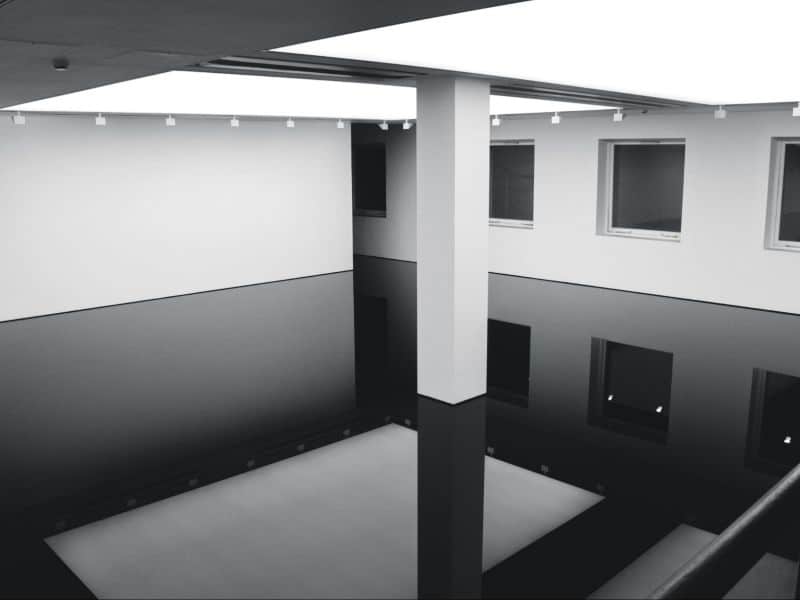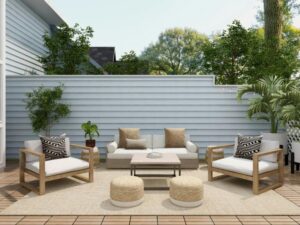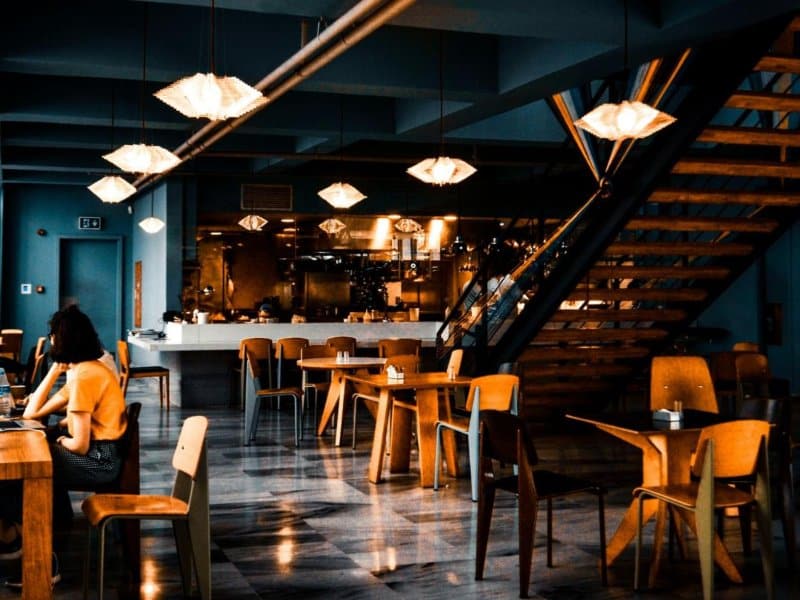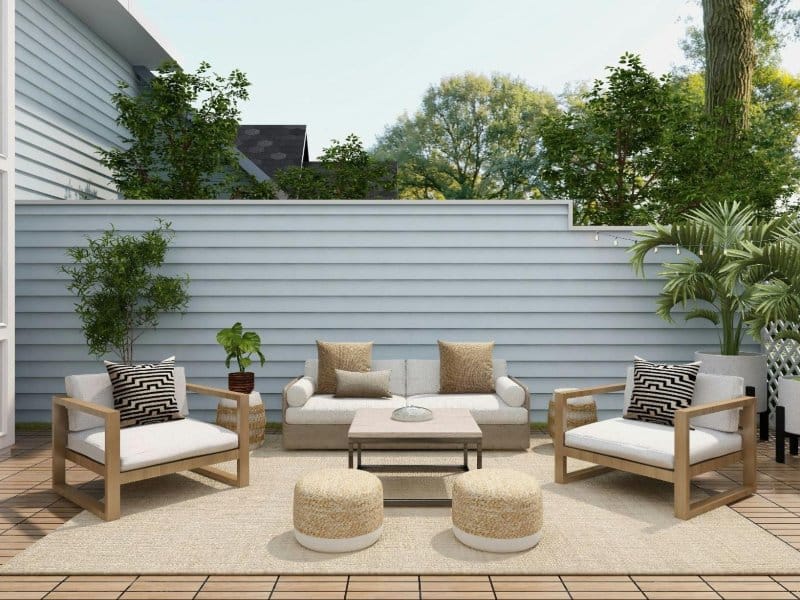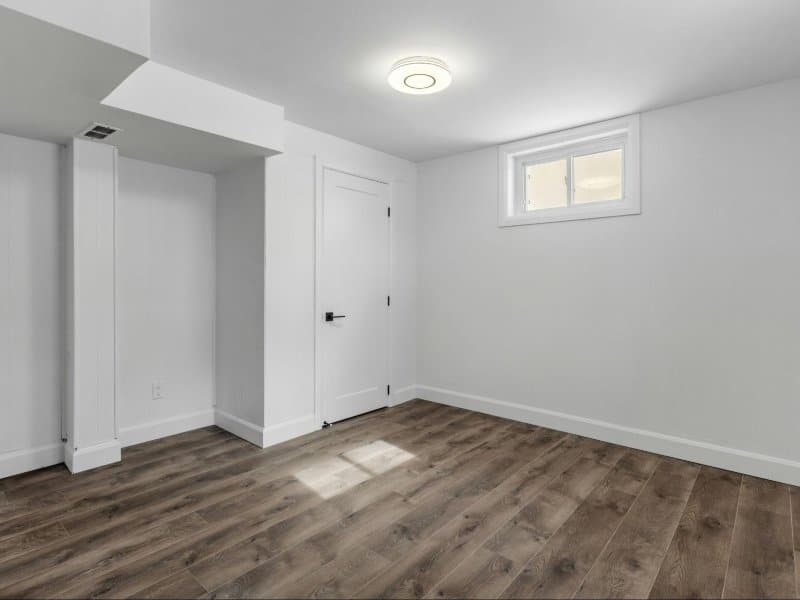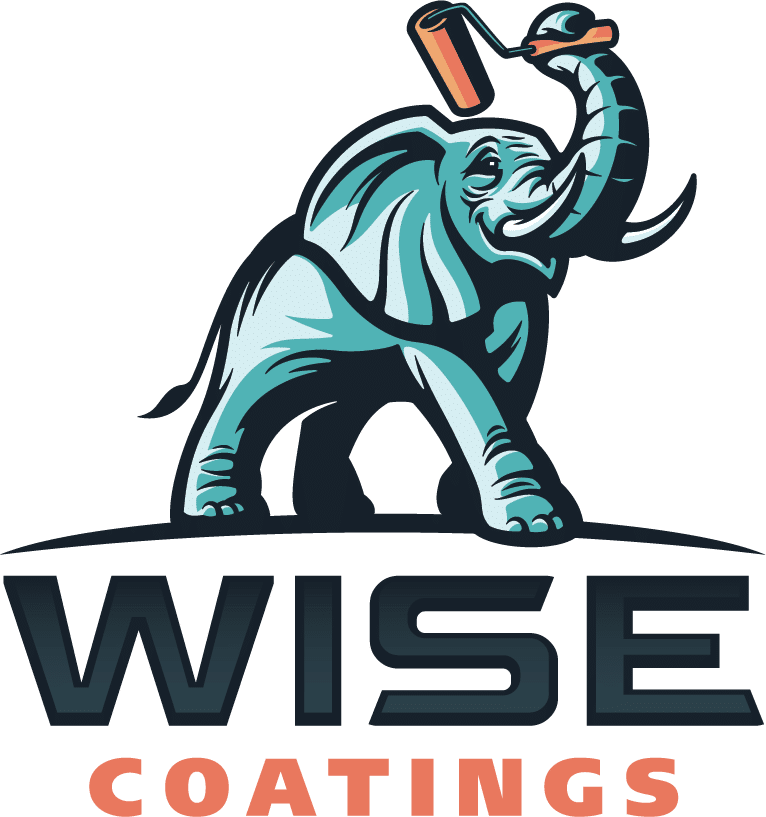The showroom floor is more than just a functional surface; it is a statement of professionalism, aesthetics, and durability for businesses across various industries. The decision to invest in showroom floor coatings goes beyond enhancing the visual appeal; it’s a strategic move to protect the floor, create a positive impression, and potentially save costs in the long run. In this comprehensive analysis, we will delve into the various factors that contribute to the cost of showroom floor coatings and explore how these investments can deliver lasting value.
Understanding Showroom Floor Coatings
Showroom floor coatings are specialized finishes applied to floors in commercial spaces, aiming to enhance aesthetics, durability, and safety. Epoxy, polyurethane, and other advanced coatings provide a protective layer against wear, stains, and chemical damage. The choice of coating depends on factors such as the type of business, foot traffic, and the desired visual impact.
Factors Influencing the Cost
1. Type of Coating:
The choice between epoxy, polyurethane, or other coatings significantly impacts the overall cost. Epoxy, known for its durability and affordability, is a popular choice for showroom floors. Polyurethane coatings offer enhanced chemical resistance and UV stability but may come at a higher price.
2. Floor Preparation
The condition of the existing floor and the level of preparation required influence costs. Surface preparation, including cleaning, repairs, and addressing existing imperfections, is crucial for the longevity of the coating. The more extensive the preparation, the higher the associated costs.
3. Square Footage
The size of the showroom directly correlates with the overall cost. Larger spaces require more materials and labor for the application of coatings, impacting the overall investment.
4. Customization and Design
Intricate designs, patterns, or custom colors add a layer of sophistication but also increase costs. The complexity of the design and the level of customization play a role in determining the overall expenditure.
5. Coating Thickness
The thickness of the applied coating is a critical factor in its durability. Thicker coatings generally cost more due to the increased material required.
6. Downtime and Installation Time
The time required for installation and the associated downtime for the business are essential considerations. Fast-curing coatings may allow for quicker resumption of regular operations but could come at a higher price.
Cost-Benefit Analysis
1. Durability and Longevity
Showroom floor coatings are an investment in longevity. While the initial cost may seem substantial, the long-term benefits include resistance to wear, stains, and damage. High-quality coatings can withstand heavy foot traffic and maintain their aesthetic appeal for an extended period.
2. Reduced Maintenance Costs
A coated showroom floor is easier to clean and maintain. The protective layer prevents stains and simplifies routine cleaning, potentially reducing maintenance costs over time.
3. Enhanced Brand Image
A well-maintained and visually appealing showroom enhances the brand image. Customers perceive a clean and well-kept space as a reflection of professionalism and attention to detail, potentially leading to increased customer satisfaction and loyalty.
4. Safety Improvements:
Certain coatings can incorporate non-slip additives, improving safety in the showroom. This can reduce the risk of accidents, potential legal liabilities, and associated costs.
Investing in showroom floor coatings is a strategic decision that involves a careful balance between upfront costs and long-term benefits. A thorough cost analysis considering factors such as the type of coating, floor preparation, and customization is essential. Beyond the immediate financial considerations, businesses should weigh the durability, reduced maintenance costs, and the positive impact on brand image.


